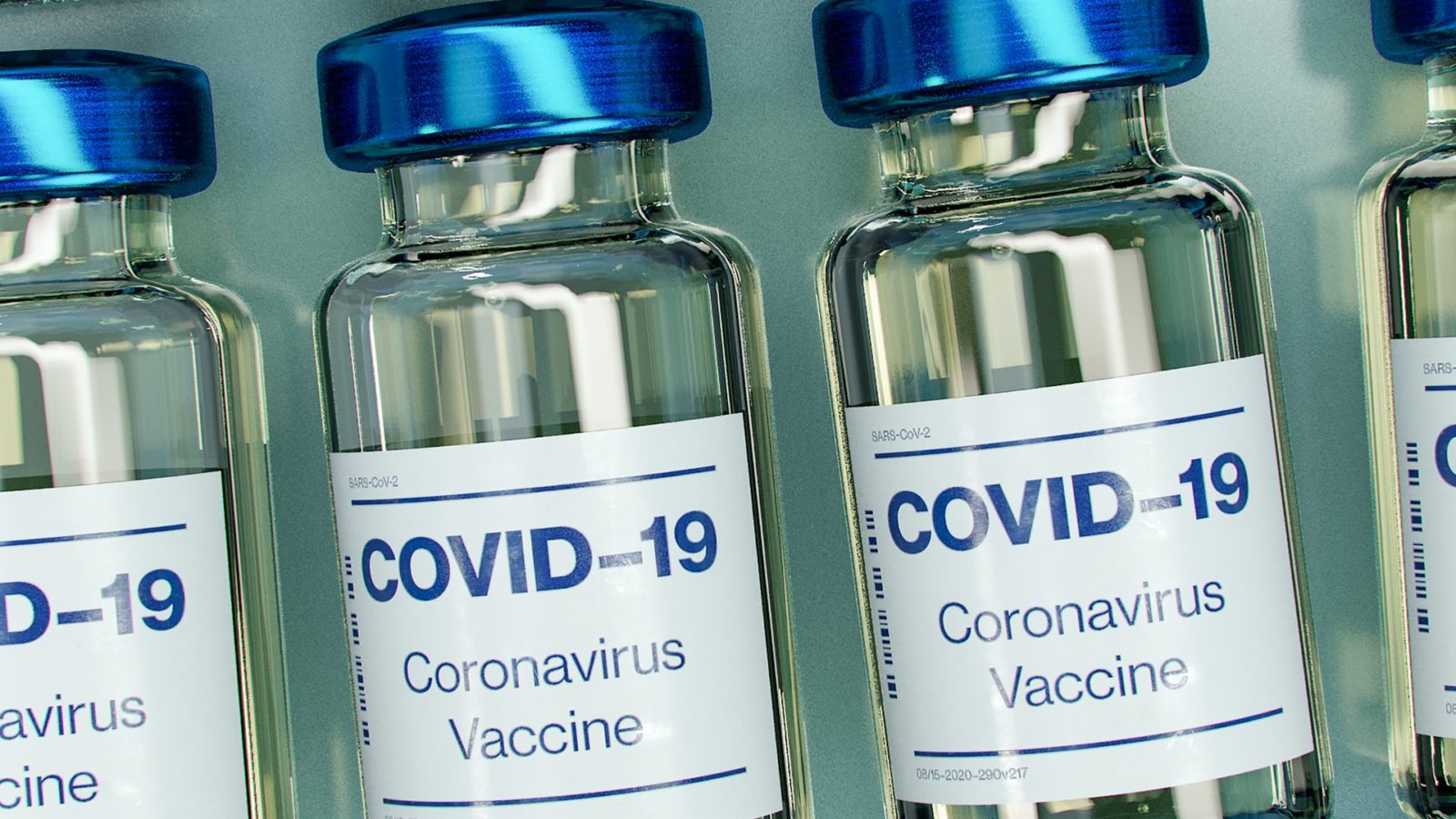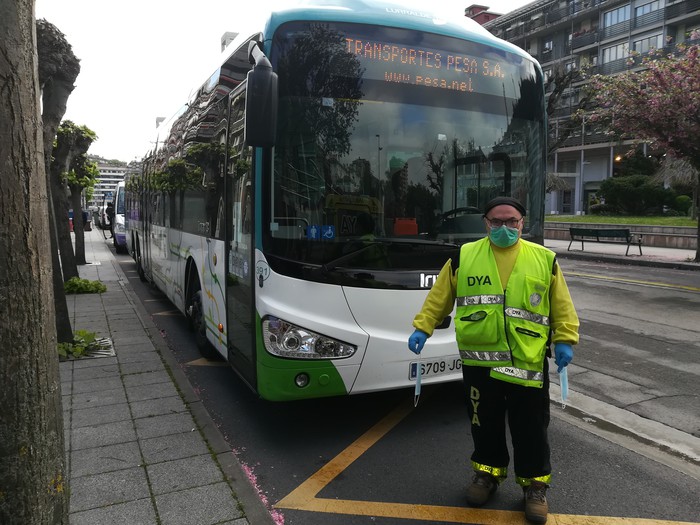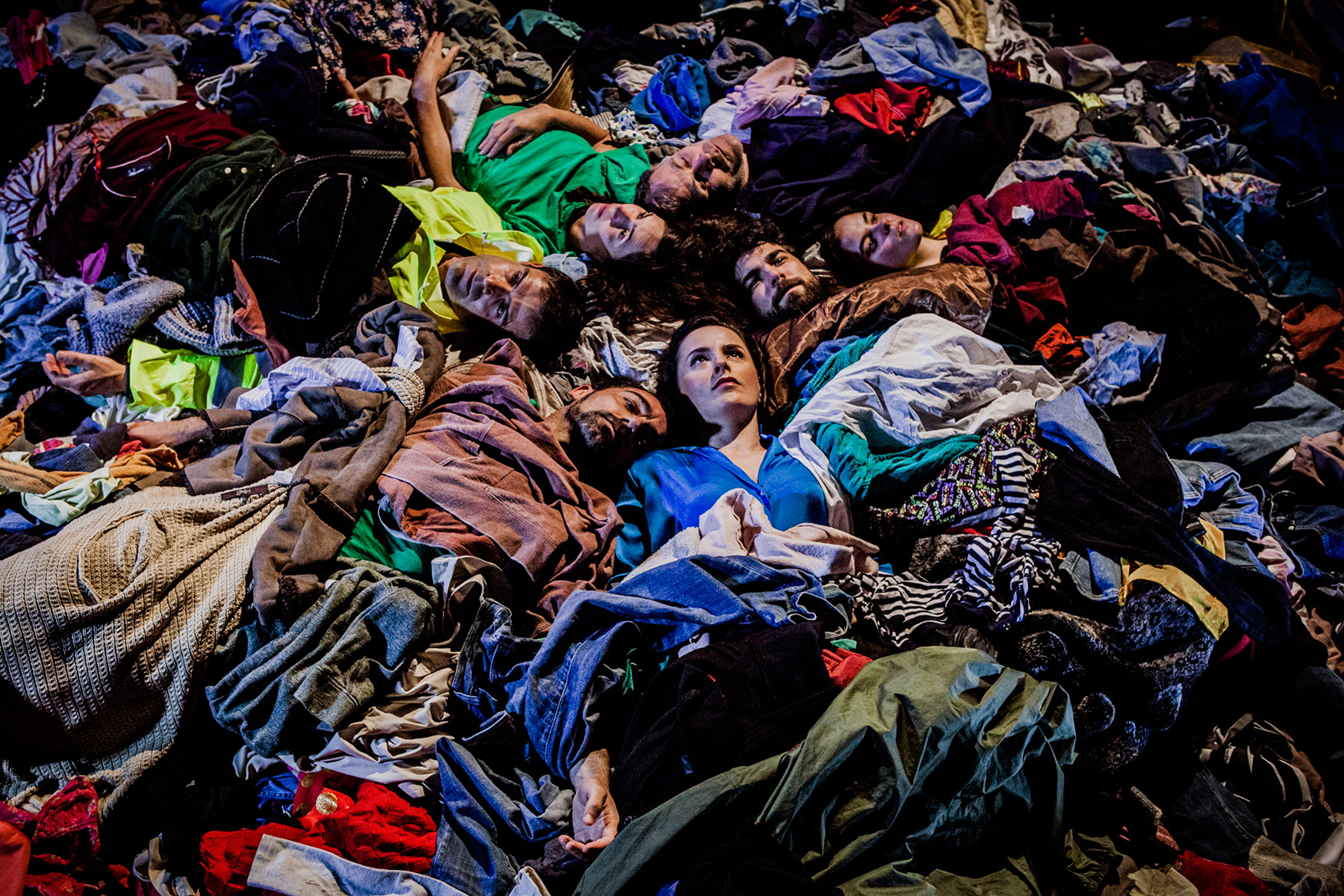South Korea's prevention system as a global model
- South Korea has moved from being the second most affected country in the world to a system to which the experts are most admired. Without the need to close the country, it has managed to move from 900 infections a day to 114.

South Korea has put technology at the centre to deal with the plague epidemic. Instead of making a phone call, everyone affected shows their symptoms on a website, so they have to take turns to get tested. The test is not done in a hospital, but in a kind of “drive through”. That is, fast food companies have created a model similar to the one that serves food to cars for medical tests. This prevents crowding, and health workers are not infected either.
The simplicity of the test - taking a sample of the nasal fluid- has made it possible to perform up to 200,000 people, obtaining a more precise control of the data. In the Spanish state, 17,500 tests have been carried out, eight times less than in South Korea, where 17,500 have been carried out.
In this way, the contagion is placed in isolation at home, before it is transferred to hospitals, preventing the health system from spreading. The data speak, as the mortality rate in South Korea is 0.5%, while in Italy it has exceeded 6%.
Great news from South Korea. From 900 cases per day, it's gone to 100 cases per day. By taking the measurements, it is possible to "crush the curve". pic.twitter.com/hRaGfQcKxF
— Principa Marsupia (@pmarsupia) March 12, 2020






















